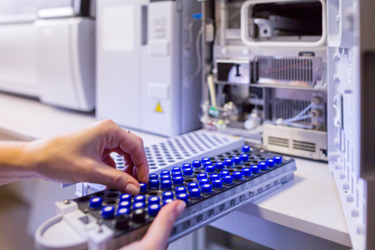Moving To MCC: A Beginner's Guide

For over 30 years, only minor improvements have been introduced to the general operation of chromatographic bioprocessing steps. Despite these improvements, the capture chromatography step remains one of the most costly and time-consuming operations conducted in biopharmaceutical production suites.
Multi-column chromatography (MCC) aims to reduce chromatography’s economic and operational burden, especially at the capture step, by maximizing process efficiencies to create value for the manufacturer. The main strategies that MCC employs are continuous column cycling, smaller column sizes, and multiple load zone columns to increase capacity and process yield.
For bioprocess development engineers, the perceived challenges towards transitioning to multi-column from batch chromatography tend to outweigh the benefits. Batch chromatography has many variables that users must control to achieve a successful purification. The added complexity of a process step with multiple columns creates a perceived hurdle causing hesitation towards adopting MCC in conventional processing.
Explore a step-by-step beginner’s guide to simplify and de-risk the process. This guide includes recommendations for generating supporting experimental data, modeling processes with Sartorius-provided tools, and finally, creating and optimizing a multi-column chromatography process.
Get unlimited access to:
Enter your credentials below to log in. Not yet a member of Bioprocess Online? Subscribe today.
